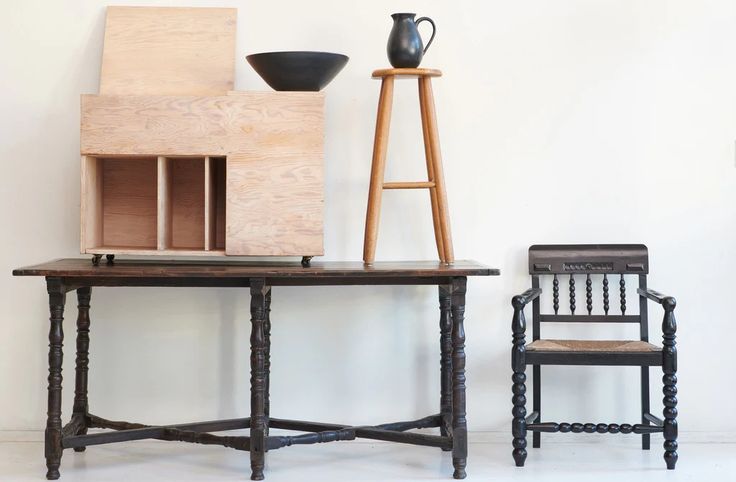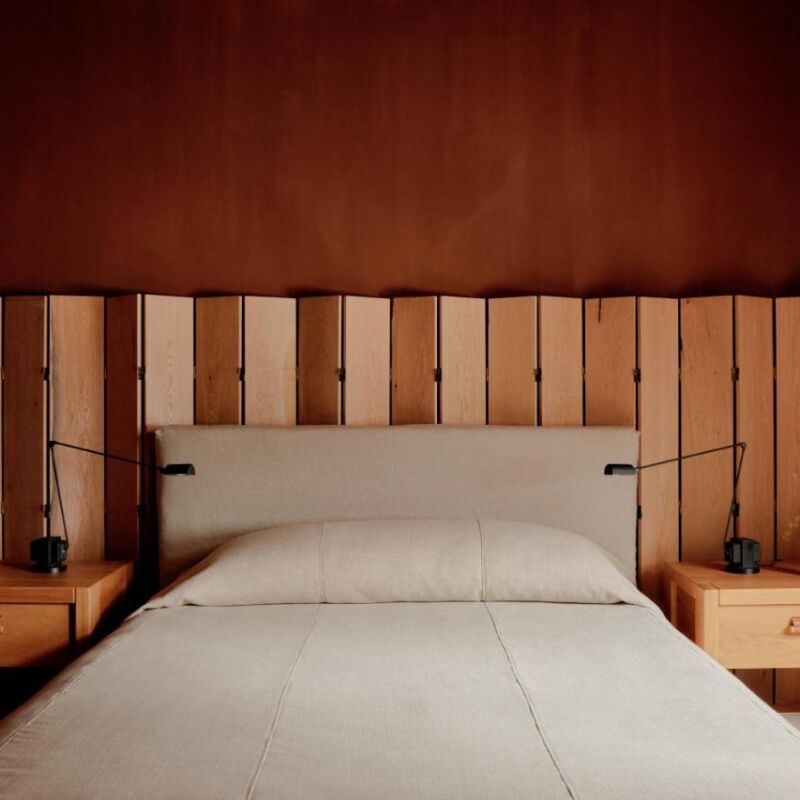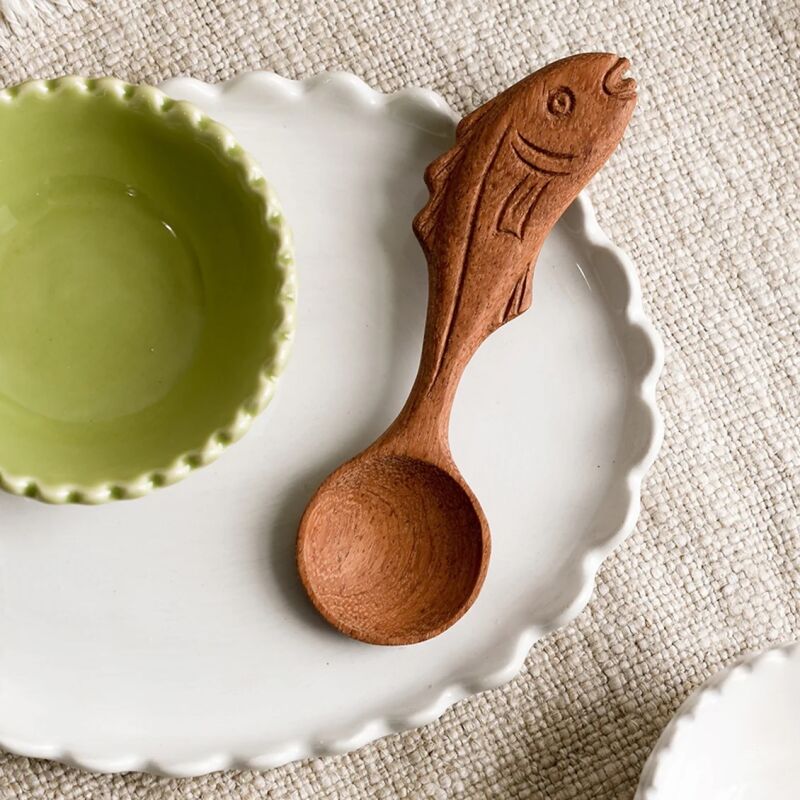Right about now I’m wishing I hadn’t tossed that prized stoneware bowl that my tenants broke last summer. Had I known, I could have used it to practice the fine art of Japanese kintsugi.
Kintsugi, or kintsukuroi—literally meaning “golden repair”—is the Japanese art of mending broken vessels with gold or other metallic lacquer. Along with similar wabi-sabi traditions such as boro and shashiko, in which the broken or imperfect is not discarded, but literally celebrated via painstaking repair, kintsugi is witnessing a resurgence in popularity. Today, collectors are not only clamoring for antique specimens, but contemporary artists are experimenting with their own interpretation of this age-old art.





N.B.: This post is an update; it was first published on January 25, 2017.
Looking for more wabi-sabi accents for your home? See:
- Wabi-Sabi Style: La Nouvelle Table from Merci in Paris
- Design Sleuth: The Japanese Boro
- Subtle Imperfections: Screen-Printed Ceramic Tiles from a Small-Batch London Company.
Frequently asked questions
What is kintsugi?
Kintsugi is the Japanese art of repairing broken pottery by mending the cracks with gold, silver, or platinum. The belief behind this technique is that the repaired object becomes even more valuable and beautiful than before it was broken.
Is kintsugi a new trend?
No, kintsugi has been around for centuries, but it has gained popularity in recent years as people have become more interested in natural, sustainable, and artisanal products.
What materials are used in kintsugi?
The traditional materials for kintsugi are urushi (Japanese lacquer) and gold, silver, or platinum powder. Nowadays, other materials such as epoxy resin and brass powder are also used.
Can kintsugi be applied to other materials besides ceramics?
Yes, kintsugi can also be applied to other materials such as wood, metal, and even plastic.
Is it easy to learn kintsugi?
Kintsugi is a highly skilled and intricate technique that requires a lot of practice and patience. It is recommended to take classes or workshops with experienced kintsugi artists to learn the technique properly.
How does kintsugi fit in with the current sustainability movement?
Kintsugi is a sustainable practice as it promotes the repair and reuse of broken objects instead of throwing them away and buying new ones. It also celebrates the imperfection and uniqueness of each repaired piece.
Can kintsugi repairs be used for functional objects?
Yes, kintsugi repairs are strong and durable enough to be used for functional objects such as plates, bowls, and vases. However, they should not be put in the dishwasher or microwave as this may damage the repair.
Is kintsugi suitable for all types of broken objects?
Kintsugi works best for objects that have clean breaks and missing pieces. Objects with shattered or jagged pieces may not be suitable for kintsugi repairs.






Have a Question or Comment About This Post?
Join the conversation